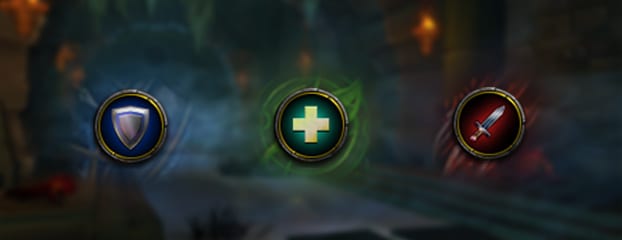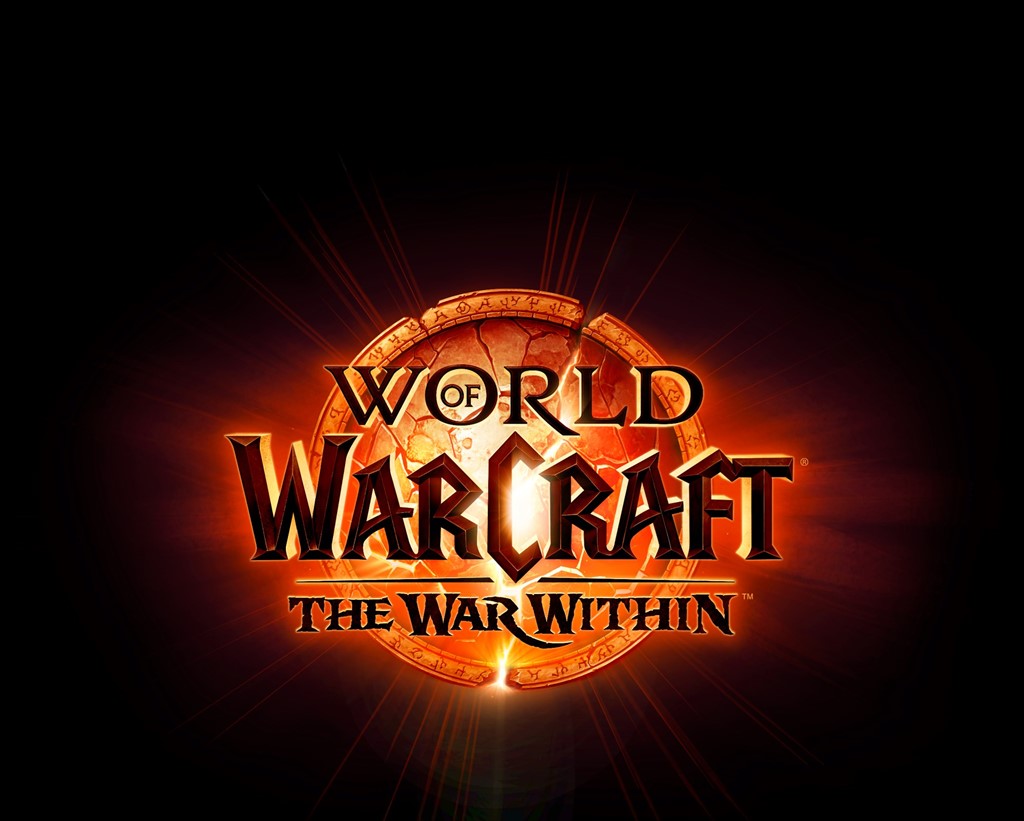
Dungeon Professionals: Know Your Role (Part 2)
by JR Cook - 10 years ago show comments
Are you stuck with a DPS that thinks they’re a tank and is constantly initiating pulls, or a healer or tank that thinks that doing damage is their first priority? If you’ve played Warcraft for any longer than a week, of course you have! Our next few installments of Dungeon Professionals will be focusing on each of the three major roles in dungeons and what’s expected of them.
DPS
Damage-Dealers, or DPS (short for damage-per-second) don’t usually start fights but they’re always the ones to finish them. While tanks and healers are necessary to survive dungeons, in the end they’re just there to keep the DPS alive while they do their work. DPS often get a bad rap for having simpler jobs and also for there being so many of them, but anyone who’s specialized as a damage class knows that it’s not a walk-in-the-park like some believe. Sometimes you have to fill in as a support for the tank or healer, sometimes you have to CC, and sometimes you have to switch targets at a moments notice, all while keeping your damage-per-second maximized.
Strength in Numbers
As the person actually killing things, it’s often the DPS player that feels like things are moving a bit too slow for their taste. They’ve probably been to this dungeon hundreds of times, possibly even as a tank or healer. They can probably run through the whole thing with their eyes closed. It’s natural that they want to get things done as fast as possible, and that means forcing the tank to keep up with them. Don’t be that guy. A DPS player is always a softer target than their tanking-counterparts, even if they’re a plate-wearer like Paladin or Warrior. Additionally, the other DPS might not feel the same; a few DPS running off on their own might be able to kill a group of monsters before they all die, but a single DPS is much less likely to survive. Finally, if the healer is doing their job they’re likely sticking close to the tank anyway, so the DPS might not get the heals they need. DPS should always try to stick close to the group, but if they need to run off then there needs to be some kind of advanced warning.
Three’s A Crowd
While spells and abilities all do different things, when it comes to targeting they all follow 2 general types: single-target and AOE (Area-of-Effect). AOE abilities nearly always do less damage than those that target a specific enemy, but DPS are often confused on exactly when they should use each one. As a general rule of thumb, AOE abilities often do roughly 1/3 of the damage of single-target abilities. That means that, if you combine a group of enemies’ HP pools into one and consider the fight over when that pool is empty, AOE doesn’t become viable until you have at least three targets that can be hit by them. Once the number of targets is reduced to 2, switch back to single-target. Now this doesn’t apply to 100% of situations. There will be some times when a specific target needs to go down ASAP, despite have a lot of friends nearby. If the tank is on top of things they’ll mark such targets, but if not a DPS should try to observe the fight and keep an eye out for targets that are hitting especially hard or healing others, as these are often prime candidates for quick kills.
Filling in the Gaps
As said before, a DPS’ main job is maximizing their, well, damage-per-second. However, they also need to be team players just like the tank and healer. That means filling in any support roles that might be needed. While this used to mean primarily using crowd-control abilities to minimize the number of enemies fought at a time, this is much less common in modern-WoW. In the current state of the game, DPS are more often needed to fill in with support healing or even tanking if the other group members are struggling. While this falls more heavily on hybrid classes like Paladins and Druids that can actually fill other roles, pure-DPS classes should still be prepared to jump on a target that is running amok in order to either draw its aggro from squishier allies or kill it outright. Thankfully, many abilities have been tweaked to do things like this automatically by enacting buffs for the party or debuffs against enemies while also doing damage, but there’s simply no substitute for players actually reacting to situations rather than allowing the game to do things on its own.
